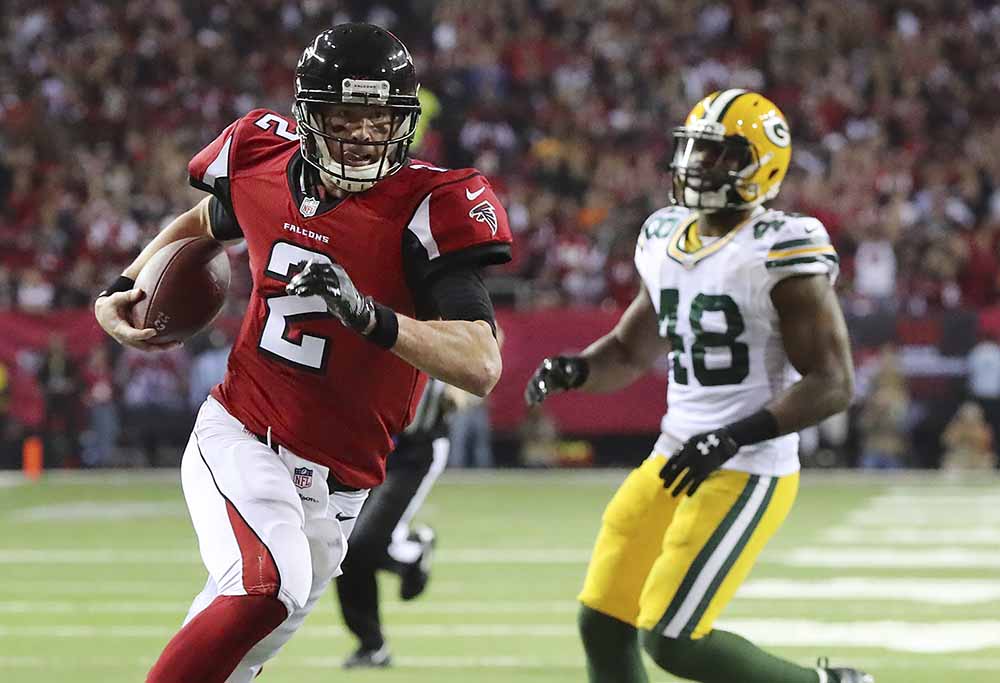When explaining relativity, Albert Einstein once stated, “Put your hand on a hot stove for a minute and it seems like an hour. Sit with a pretty girl for an hour, and it seems like a minute”.
The same can be said as to how we enjoy or hate watching certain sports more than others.
Broken down to its basic fundamentals, the game of football is too slow for an Australian audience and is unlikely, if ever, to become the dominant football code let alone sport. The same applies in the USA.
Of course saying the sport is too slow lacks specificity and is an oversimplification of what is actually going on in this instance.
Conversely, many people from football-supporting nations will call American football and even rugby slow. On its face this makes no sense and should not be possible, but in reality it exposes the core of the issue between supporters that are raised with and surrounded by one code over the other.
It appears that we all define speed differently, but this still does not answer the question of how both football and American or Australian rules football supporters can describe the other game as slow.
In reality we do not define speed differently but apply its definition to different aspects of the game.
For a football supporter speed comes from the consistency and free flow of motion through the course of the 90-minute game. Thus there is the perception of it being a faster game for these reasons.
But a supporter of the gridiron, rugby union or league, or AFL sees a game where the score can remain nil-all after everything is said and done.
In this sense the viewer focuses on the change of score as a major part in defining the speed of a game. Occasionally a football game will have a greater scoring frequency, but the high-score threshold is lower. With this, what is considered a fast, high-scoring game is different depending on the football code. Comparing AFL to football, a score of 24 to 24 (four goals to four goals) is an embarrassingly low score, but in football that would be considered an absurdly high-scoring shootout.

Of course it is essential to also realise that the ease of scoring is also yet another factor in determining the perception of speed for a game. In this sense, the difficulty of scoring acts as a complimenting factor and proverbial gatekeeper to the pace and perception to a high or low score. Simply put, change in score does matter in defining speed, but shots on goal count too, and this is true for all sports.
A third aspect is the length of time the game is played. People who are not avid supporters of American sports bemoan the tedium that results in commercial breaks, timeouts and other ways of stopping the clock.
This is not limited to the gridiron – it is also seen in the NHL’s ice hockey and NBA’s basketball games. The amount of time it takes to complete the game is not connected to the clock.
In short, the result is that the 60-minute games of the NFL, NHL, and NBA actually take three hours, two hours and 20 minutes, and two hours and 15 minutes on average. Compare this to the fact that football is a 90-minute game and that the English Premier League’s average wait time is two hours and ten minutes.
The above still does not take into account how much actual on-field playing time occurs relative to the clock. For example, the amount of play per 80 minutes in rugby world cups has increased from 24 minutes 48 seconds in 1991 to 35 minutes 25 seconds in 2011. On the other hand there are only around 11 to 20-odd minutes of actual play in a three-hour NFL game.
Followers of gridiron insist on its fast pace. They too are not wrong but again, define speed differently. Each four to six-second play is jam-packed with action. There is the anticipation through the play, but what happens here also allows speed to manifest in the final and perhaps most obvious way.
The actual speed at which players accelerate and run on each play is extremely high. If football were Formula ONe and other codes were NASCAR, gridiron would be drag racing, albeit with a large emphasis on chess! The up to 40 seconds between each play combined with unrestricted interchanges means that the players on the field have the time to recharge and then go full speed yet again.
Football and the other non-gridiron codes above require a much larger degree of consistent running and traditional cardiovascular activity. The effect is that one simply cannot run at top speed all the time, but in American football one can. Top speed is something that is produced each play.

There is no right or wrong answer to the perception of speed, and there are many people who enjoy all codes and appreciate them for their differences.
However, the reality is that most are loyal to their proverbial roots and will not take an active interest in the other simply because it does not conform to their preconceived notion of a ‘fast’ game.
It is not just about what code you were raised or surrounded by but also, on an even larger scale, the predominant culture of where one grew up.
In business people asks themselves what the value-add is for creating a new product or growing an established one into new markets. These same people also ask what the hurdles are and if there is enough reward to merit the investment.
Clearly the people at the A-League and MLS see value and have made money in competitive professional football in each respective country, but to say that they have even come close to eclipsing the domestic codes such would simply be incorrect.
Most people are happy with the codes they were raised with and, though there is an economic model that can sustain football leagues, the following is small. It is not only because the sport is ‘new’ to people – children have played football in both countries for ages, but that is where is predominantly starts and ends: childhood.
Those interested in watching sport have other criteria for enjoyment, and these factors are different as per the above.
As a result, from the perspective of people not raised with football as the dominant code and culture, the lack of a meaningful frequency and total score change, less condensed action per moment and slower total speed makes it unlikely that football will ever become the dominant code in countries such as Australia and the USA.
In other words, for many accustomed to other forms of speed, watching a game of football is closer to that more painful minute Einstein referred to than the hour that felt like a moment.































































































